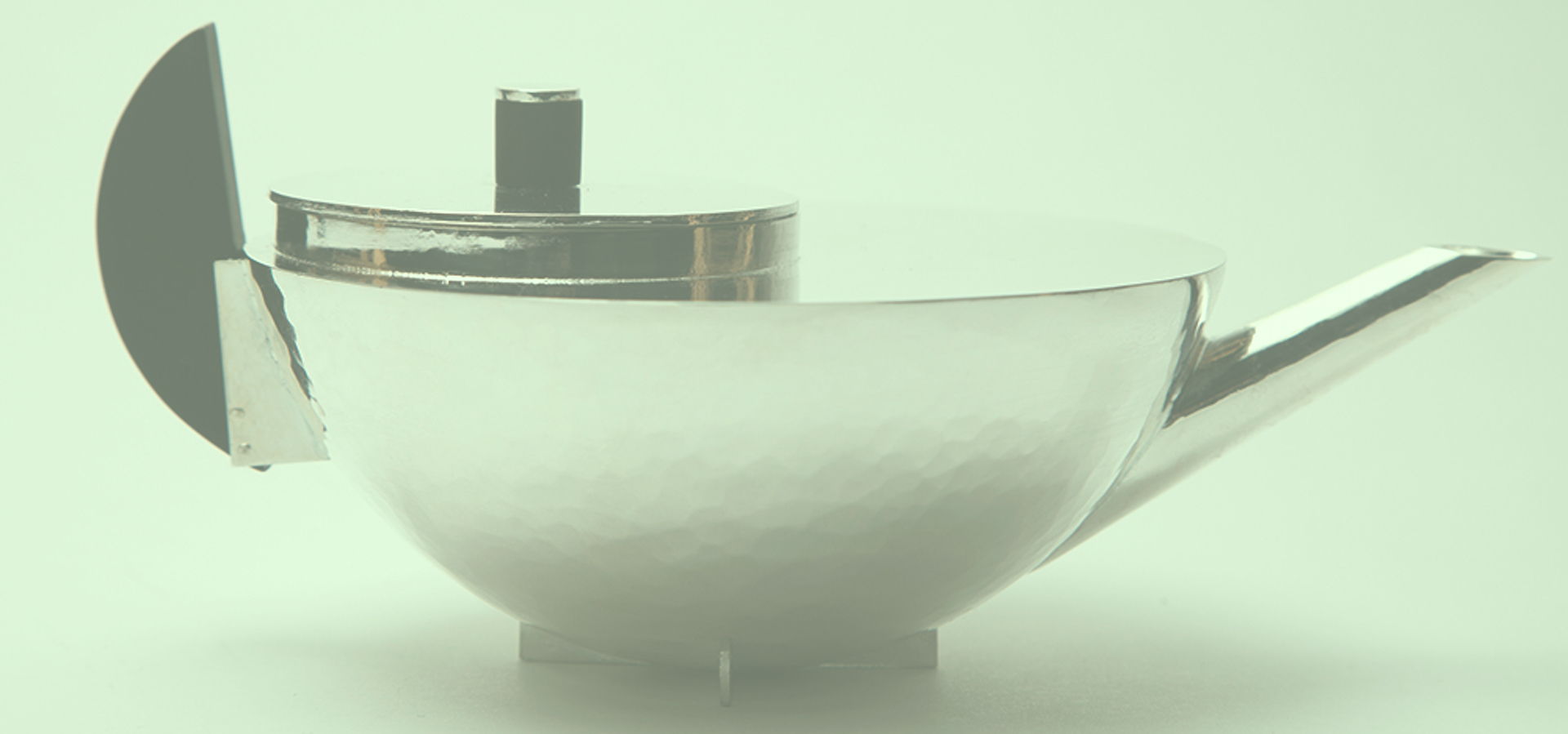So have been thinking about how design is operationalised in business and in particular what product design as a discipline has been up to these last few years.
Don’t want to alienate my many Product Design friends and colleagues, but I’m struggling to think of a product I’ve used that has improved over time. In fact, (and happy to be proved wrong here) if feels like on balance, products have gotten worse over the last ten years…
In the halcyon days of the digital revolution, the practice of human-centered design (HCD) was a beacon of hope, guiding the creation of digital products that were empathetic, user-focused, and responsive to human needs. As the industry matured, specialized disciplines like UX and service design grew more recognised, honing the craft and fostering delightful experiences.
But, somewhere along the way, as the digital landscape expanded, the priorities shifted.
Product design emerged as a distinct discipline more integrated with the business ‘product culture’ and more explicitly focused on Annual Recurring Revenue (ARR) growth. Paradoxically, digital products seemed to get worse, not better, as the focus hovered between the user and the bottom line. As product design pursued ARR growth, it veered from its HCD roots, and the digital world found itself increasingly populated by experiences that prioritized revenue over genuine user satisfaction.
The results were disheartening, as once-beloved products fell victim to a relentless pursuit of profit.
Take Facebook, for example. In its infancy, it was hailed as a revolutionary way to connect with friends and family. Yet, as its drive for revenue intensified, Facebook’s algorithmic feed transformed into a dizzying, dopamine-fuelled experience that left users feeling more isolated and manipulated than ever before.
Similarly, the escalating arms race between advertisers and users led to a cluttered digital landscape, bogged down by intrusive ads and ever-more aggressive ad-blocking tactics. Websites became battlegrounds, sacrificing user experience in the quest for advertising dollars.
And let’s not forget the proliferation of subscription-based services, which ensnared users in a labyrinth of monthly fees and complicated cancellation processes. Instead of providing value, these services instilled anxiety and resentment.
In the shadow of these deteriorating experiences, I’m wondering if it might be time to reevaluate product culture (and, by extension, Product Design as a thing). The question becomes: How might we reclaim the experience benefits we built back in the earlier days of HCD, looking to the “user adoption” success metrics of UX and service design to restore the balance and improve the quality of digital products?
Like all of these considerations, there’s no single quick answer, but we can certainly refocus on creating digital experiences that truly serve the user. Drawing inspiration from the origins of HCD, UX, and service design, we can ground product design in a more ethical, user-focused framework while hopefully avoiding expedient nonsense like using AI for insight discovery instead of witnessing real human users.
Companies like Basecamp, which prioritize user experience and privacy over aggressive growth tactics, provide a possible example of how businesses can thrive without compromising user satisfaction. By incorporating user research, iterative design, and thorough testing into the product design process, companies can ensure they are building digital products that genuinely resonate with their users.
There may be no actual decline in digital product quality–I could be wrong with that observation, but if it’s true, design has a new negotiation to get stuck into.
By reevaluating product culture and re-embracing the user-centred roots of our industry, we can create digital products that not only delight users but also foster sustainable, long-term growth for businesses. As designers, developers, and decision-makers, we have the power to steer the course of the digital landscape, choosing to negotiate meeting user needs over growth for the sake of it.
Could it be time to return to the human-centred principles that once guided our industry, creating a digital world that serves its users, rather than exploiting them?

 Their lives are more important than ours
Their lives are more important than ours